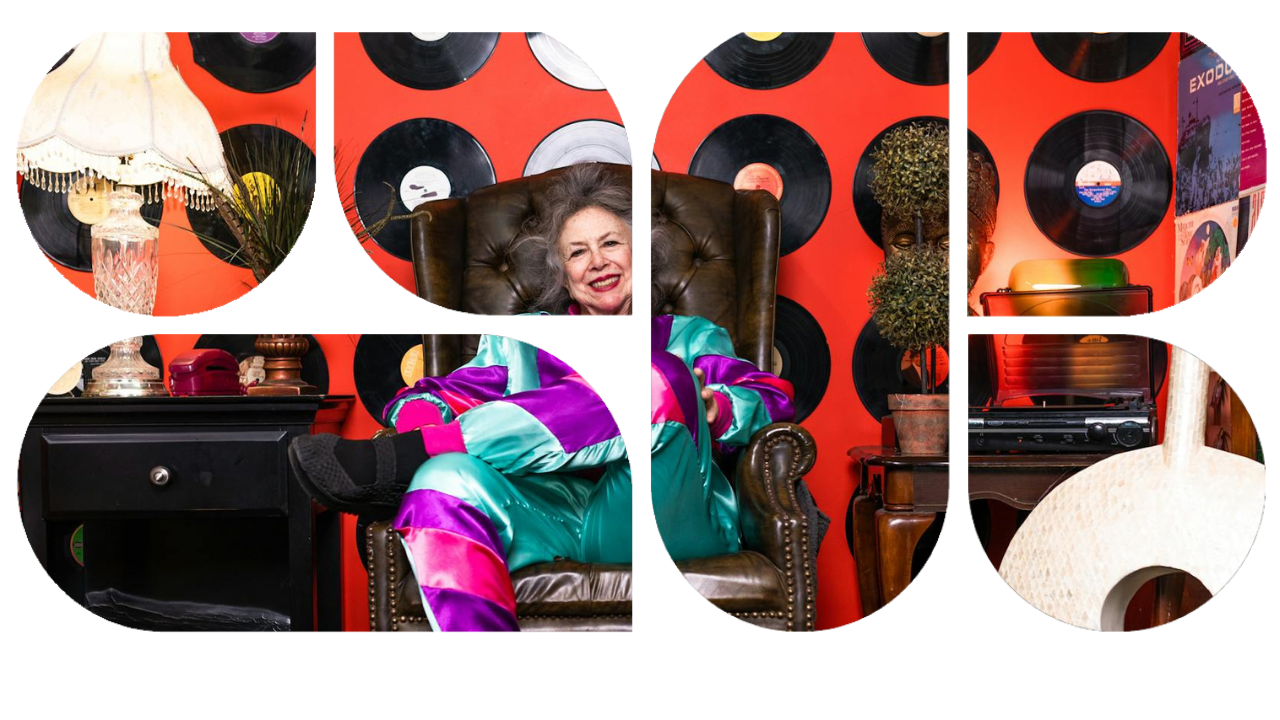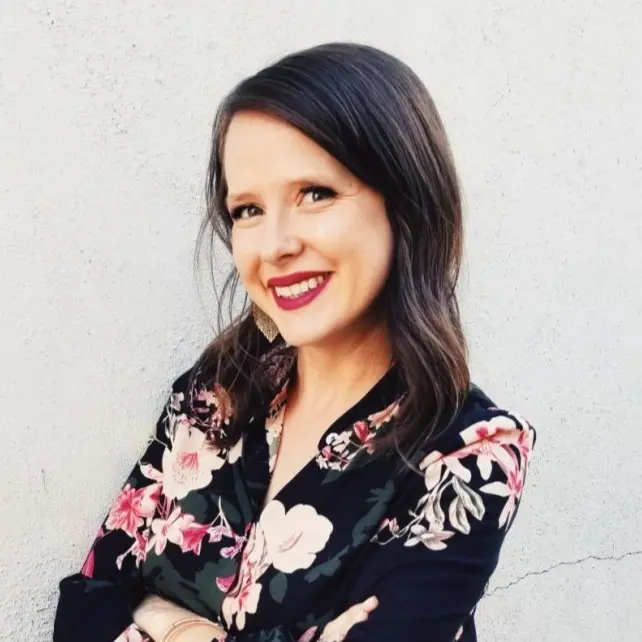Keep Austin Weird

I plan trips around the odd. I’ve detoured for a haunted ghost town in Arizona. I’ve pulled off at an alien-themed gas station in the Nevada desert to buy a tiny vial of “Area 51” dirt (allegedly). If there’s a roadside giant, a pickle parade, or a neon sign boneyard within striking distance, I’m the one adding twenty extra minutes to the route. Every single time.
But it’s not just me, I swear. Weird is winning in tourism. How do I know? We just gave a standing-room-only talk about it at a tourism conference because people don’t just tolerate weird, they travel for it. But to use it well, you have to understand where this idea really caught fire. So let’s start where it became a city’s calling card, and of course I’m talking about Keep Austin Weird. How it happened, what it meant, and why it matters even more now.
Where Keeping It Weird Got Its Official Debut
“Keep Austin Weird” started as an offhand line in 2000. Local Austin Community College librarian Red Wassenich called into a community radio station pledge drive at KOOP Radio. The DJ on The Lounge Show asked why he was donating, and Red said, “To keep Austin weird.” The host repeated it on air. Friends started saying it back to each other. Red and his wife printed a few bumper stickers for fun. It wasn’t a committee or a campaign. It was a feeling locals, including Austinites and Texans from all over the state, already had said out loud.
Very quickly, the phrase moved from joke to rallying cry. Austin was changing fast. Rents were climbing, chains were moving in, and longtime staples were getting squeezed by growth from the university and tech—think University of Texas Longhorn country and the rise of Dell—and the pressure of gentrification in East Austin and beyond. The Austin Independent Business Alliance picked up the line and used it to champion exactly what people feared losing.
It meant support local businesses on Congress Avenue, South Congress, and across the neighborhoods. It was the record stores and bookshops, think Waterloo Records and BookPeople, the breakfast tacos on a folding table, the backyard oddities like the Cathedral of Junk, and a city full of street art and the too-good-not-to-photograph mural walls. It was all the oddball shops that made a street feel like Austin and nowhere else. “Keep Austin Weird” became shorthand for “buy local,” “choose independent,” and “let the city stay itself.”
That’s why it stuck. It was a simple, sticky way to organize behavior. If you loved the music scene in the Live Music Capital city, you saw a local band on a Tuesday, maybe even an Austin City Limits taping. If you cared about neighborhood culture, you bought your gift at the indie bookstore instead of the mall. If you were a maker, you set up a booth and trusted the city to show up. The slogan gave permission to be odd and a practical way to keep dollars in town.
Of course, once it took off, it got a little messy. A T-shirt company trademarked the phrase and tourists bought souvenirs, making the commercialization hard to miss. But even as it commercialized, the core idea held. Bands still found stages. Food trucks found lines. Small businesses found customers who understood that “weird” was the operating system.
That’s the real lesson for destinations. “Keep Austin Weird” worked because it named what was already true and turned it into a shared habit. It helped a city protect its independent spine while inviting visitors to participate. It was a saying you could actually live by. Celebrate what’s only-here and give people room to be themselves.
The Impact of “Keep Austin Weird”: How It Spread
Austin didn’t invent oddball charm. It did something more useful. It gave cities permission to lead with their quirks and showed that travelers would show up for them. The idea echoed far and wide. Keep Portland Weird took root in Oregon soon after, and it influenced conversations from San Antonio and Houston to Dallas, as well as music-forward destinations like Nashville, each finding their own version of specific, local-first identity.
Cities across the map were already embracing the same instinct.
Roswell, New Mexico leaned into its alien lore—streetlights with saucer eyes, a UFO festival, shops stocked with little-green-men everything.
Salem, Massachusetts turned October into a citywide season with tours, programming, and small businesses rowing in the same direction.
Seattle’s Fremont Troll proved one unforgettable sculpture can anchor a detour for families and first-timers.
After Austin, more destinations began naming and packaging their “only-here.” DMOs treated local oddities as anchor assets: easy to photograph, simple to explain, and strong enough to point every tactic toward. You can see the shift in the newer and revived attractions, such as Las Vegas’s Neon Museum, Marfa’s Prada installation in the desert, Dr. Evermor’s Forevertron near Baraboo, the National Mustard Museum in Middleton, and the giant muskie in Hayward.
And the event calendar keeps getting stranger in the best way. A Minneapolis crowd gathers each year to watch the ceremonial sharpening of a gigantic No. 2 pencil. Elsewhere it’s Frozen Dead Guy Days in Colorado, the Underwater Music Festival in Florida, and Mike the Headless Chicken Days in Fruita, Colorado. Different places, same lesson: a specific story, shown clearly, becomes a reason to travel.
What ties it all together is simple. Tell one “only here” story at a time. Give people the basics—when to go, how to do it, where to park—and a map link that works on a phone. That’s how weird spreads, and that’s how it converts.
Why Weird Works, and Why It Matters Now
Seventy-eight percent of travelers say they’ve made trip decisions because a promotion or ad felt like it represented them, in the message or the visuals. That’s your proof that specificity moves people.
In tourism, weird is a strategy, not a stunt. It separates you from look-alike main streets, gives travelers a story to retell, and turns “I might visit” into a map tap. A single, only-here detail sticks in the mind and earns the click. Once you have attention, a clear next step does the rest.
It also fits how people plan trips today. Phones compress the story into three seconds. Weird translates in one frame or one line. SSearch behavior backs it up. People might search “weird things to do in [town],” or “unique restaurants in [city],” and if your page answers those specifics, you show up where that intent lives.
AI trip planners and ranking algorithms reward the same signals. If your content is generic, you get flattened into another “top 10.” If your content is specific and useful, you rise. That looks like a page that says exactly what the oddity is, how to do it, when to go, how much it costs, and where to park. It looks like a short video that shows the moment, not a montage.
The math favors weird, too. It is often cheap to package and expensive to forget. One page about your “only-here” features can drive months of movement while ad flights pause. Report it that way. Track saves, map opens, itinerary starts, partner click-outs, and branded search growth. Share the user photos and short clips that appear after a weekend. That is proof, not vanity.
Most places cannot outspend the big markets. They can out-specific them. Curate what is true and a little odd, make it easy to find, and point every tactic to the same page. Weird will carry farther than a broad slogan, and it will keep carrying long after the billboard comes down.
Where Weird Lives
So now you ask: where does weird live? Start with people. It’s the barber who sings arias between fades, the fourth-generation key maker with a wall of vintage blanks, the lighthouse keeper who sketches every sunset. Travelers remember names more than nouns, so look for the folks locals mention on a first-name basis.
It also shows up in rooms and routines. Maybe it’s a micro-museum tucked behind a hardware store or an alley with ghost signs and a story. It could be a diner clock that’s always five minutes fast because that’s how the regulars like it and for some reason people love it. Seasonal habits count, too: a midnight market, a polar plunge, goat yoga on the courthouse lawn. If people gather for it without being told, it’s part of your DNA.
Don’t forget you can taste it. Some people will find their weird in a regional candy only one shop still makes, or a questionable neon-green soda poured at a single counter. A “wait, what?” pizza topping the locals defend in the comments. One slice, one sip, and you’re somewhere specific.
To keep yourself honest, hold each candidate up to a simple filter: it belongs here (not anywhere), people can do it (not just look at it), and one photo or one line tells the story.
When nothing obvious pops, grow it. You don’t fake history; you start with small truths. Pick something real—a maker, a harvest, a creek bend—and build a repeatable ritual around it with a name, a time, and a simple token like a stamp or sticker. Tell the story everywhere, invite the first dozen locals, take photos, ask for ideas, and do it again and again. That’s how you create lore and become the place you want to be. If it sticks, nurture it. If it doesn’t, try the next small idea.
Keep It Weird
Weird wins because it’s real, memorable, and easy to share. It turns a destination into a story people choose on purpose. Odds are, your version already lives in your people, rooms, rituals, and tastes. If you’re ready to bring it into the light, we’ll help shape it, build the assets, and measure the movement. Ready to keep it weird? We’re here to help.

